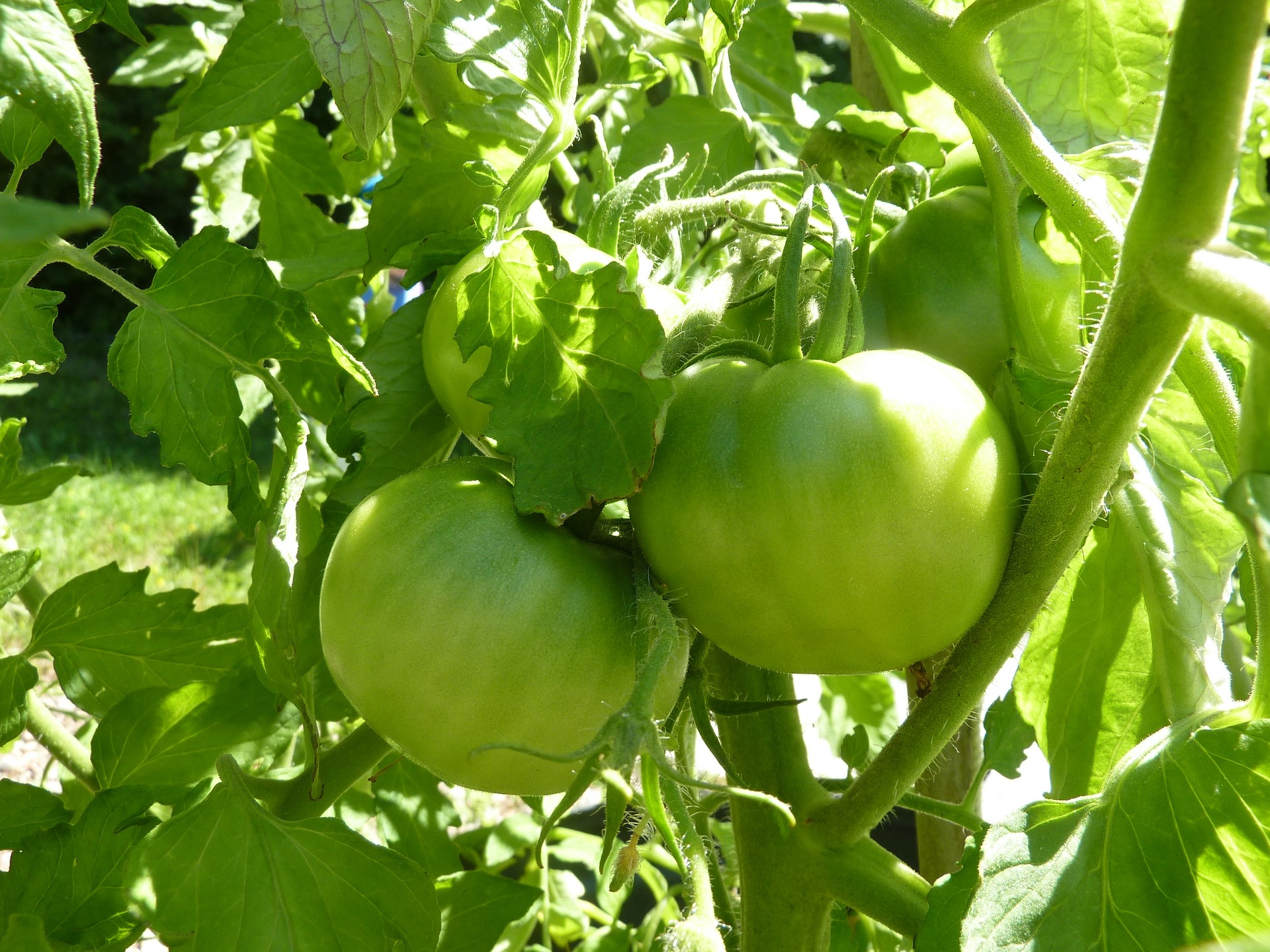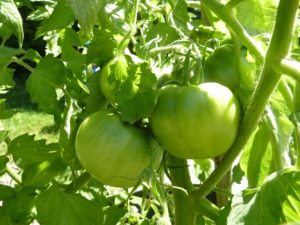Mid-Summer Watering: Tricks of the Trade
Assigning one garden plant as a barometer to indicate water deficiency will inform you that the rest of the garden is approaching dehydration and could do with a boost.
By Thomas Christopher
One of the most persistent myths in gardening lore is the one about the danger of watering at mid-day. According to this belief, the droplets of water that land on the plant leaves will act like lenses to focus the intense mid-day sunlight and “burn” the plants. I was told this in all seriousness by older gardeners I respected when I was a student. It never occurred to me to ask why then I hadn’t been tattooed with little burn marks when I ran through a sprinkler as a child, or why the plants seemed to cope just fine with a noon-time shower.
I no longer worry about picking up the hose when I see plants flagging in the midday sun. I try not to water then because it is inefficient – especially if you are watering with old fashioned sprinklers. As much as half the water that comes out of an overhead, oscillating sprinkler will evaporate before it hits the ground on a hot, breezy day. I try to water in the morning when the air is likely to be still and cool, and I try to avoid watering in the evening, which leaves the plants wet overnight and so promotes the spread of mildews and other fungal diseases. I haven’t yet gotten around to installing the drip irrigation system that is sitting in a shipping carton in the garage, but I do make use of soaker hoses which deliver the water droplets right to the soil, thereby greatly reducing the water wasted through evaporation.
I originally began to conserve water through updated irrigation methods when I gardened for a couple of years in central Texas. The water delivered by the city in which I lived then was notably saline, as it often is in that region. If I watered as extravagantly as I had been taught to in the Northeast, I would deliver so much salt to the soil that the plants would be poisoned. As a result, I learned to conserve water, not only with the use of drip irrigation but also by mixing compost into the soil to make it more absorptive and covering it with mulch to reduce evaporation off its surface. With these measures, I was able to greatly increase the length of time the garden could go without supplemental irrigation and so enable it to make do, largely, with the less than frequent local summer rains. When I did water, I made sure to water deeply, moistening the soil to a depth of eight inches or more, to encourage deeper rooting from the plants so that they would be better able to scavenge moisture from the soil even when it was scarce.
I still water sparingly; our well can’t supply enough water to irrigate lavishly. Likewise, I try to deliver the water before the plants are stressed. One way to do that is to identify some plant or plants in the garden that are more sensitive to a water deficiency than the rest. When this indicator plant flags, you’ll know that the rest of the garden is approaching dehydration and could do with a boost.
One thing I don’t take too seriously is when plants flag, letting their leaves droop, at midday when the weather is sunny, hot, and dry. Often, such flagging is not a symptom of a lack of moisture in the soil, but simply a sign that the plant’s roots can’t pump enough water up to the leaves to replace what is being drawn out by the evaporation off their surface. Such plants will usually firm up, standing straight, as evening brings cooler conditions. Of course, if a plant behaves this way consistently, it suggests that you need to relocate it to somewhere cooler and less stressful or replace it with a more drought-resistant specimen.

 Thomas Christopher is the co-author of “Garden Revolution” (Timber Press, 2016) and is a volunteer at Berkshire Botanical Garden. berkshirebotanical.org Be-a-Better-Gardener is a community service of Berkshire Botanical Garden, one of the nation’s oldest botanical gardens in Stockbridge, MA. Its mission to provide knowledge of gardening and the environment through 25 display gardens and a diverse range of classes informs and inspires thousands of students and visitors on horticultural topics every year. Thomas Christopher is the co-author of Garden Revolution (Timber press, 2016) and is a volunteer at Berkshire Botanical Garden. berkshirebotanical.org.
Thomas Christopher is the co-author of “Garden Revolution” (Timber Press, 2016) and is a volunteer at Berkshire Botanical Garden. berkshirebotanical.org Be-a-Better-Gardener is a community service of Berkshire Botanical Garden, one of the nation’s oldest botanical gardens in Stockbridge, MA. Its mission to provide knowledge of gardening and the environment through 25 display gardens and a diverse range of classes informs and inspires thousands of students and visitors on horticultural topics every year. Thomas Christopher is the co-author of Garden Revolution (Timber press, 2016) and is a volunteer at Berkshire Botanical Garden. berkshirebotanical.org.


